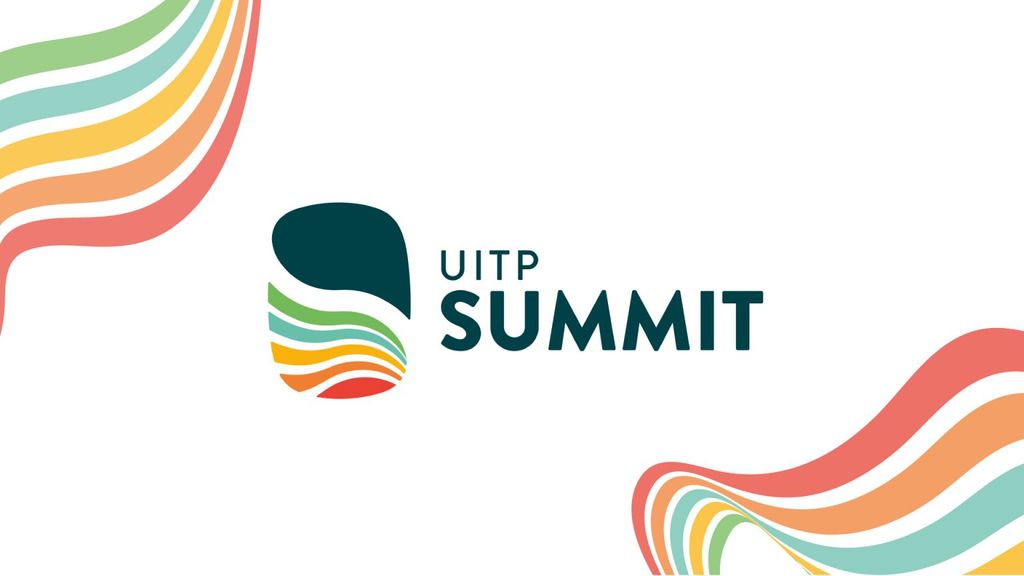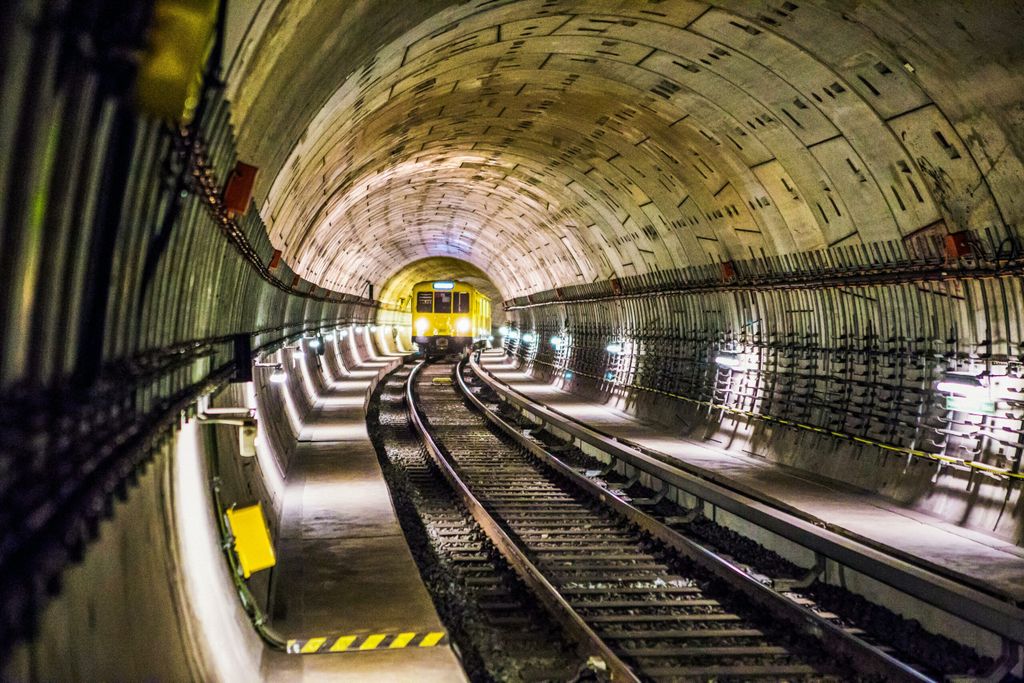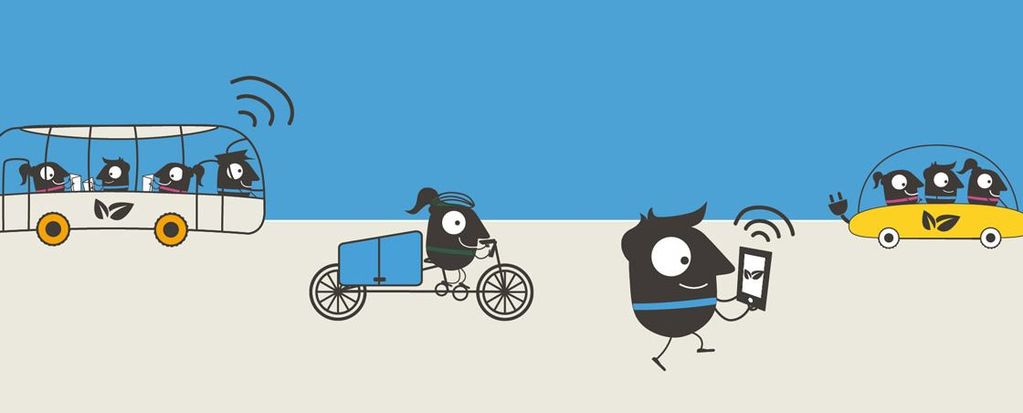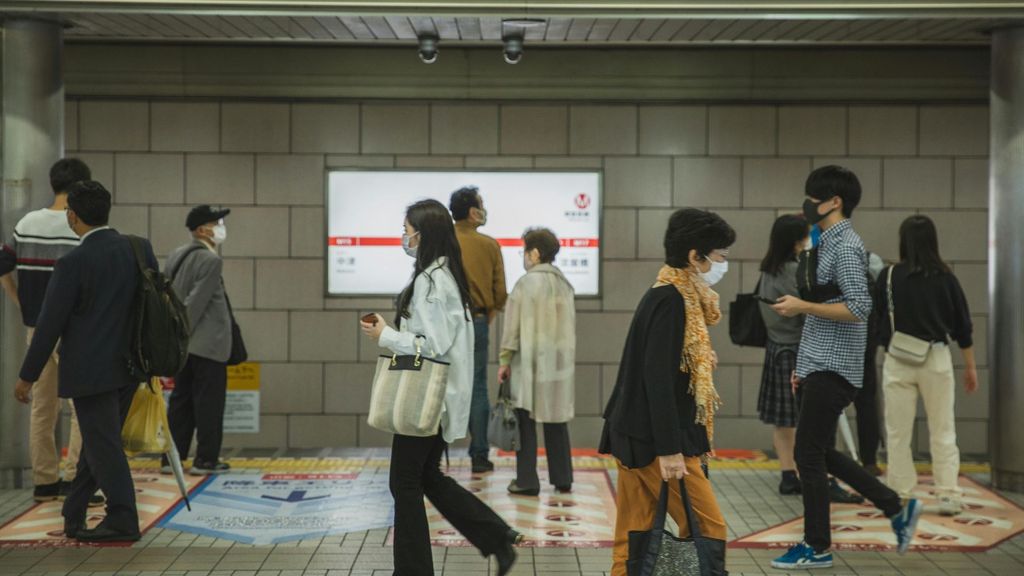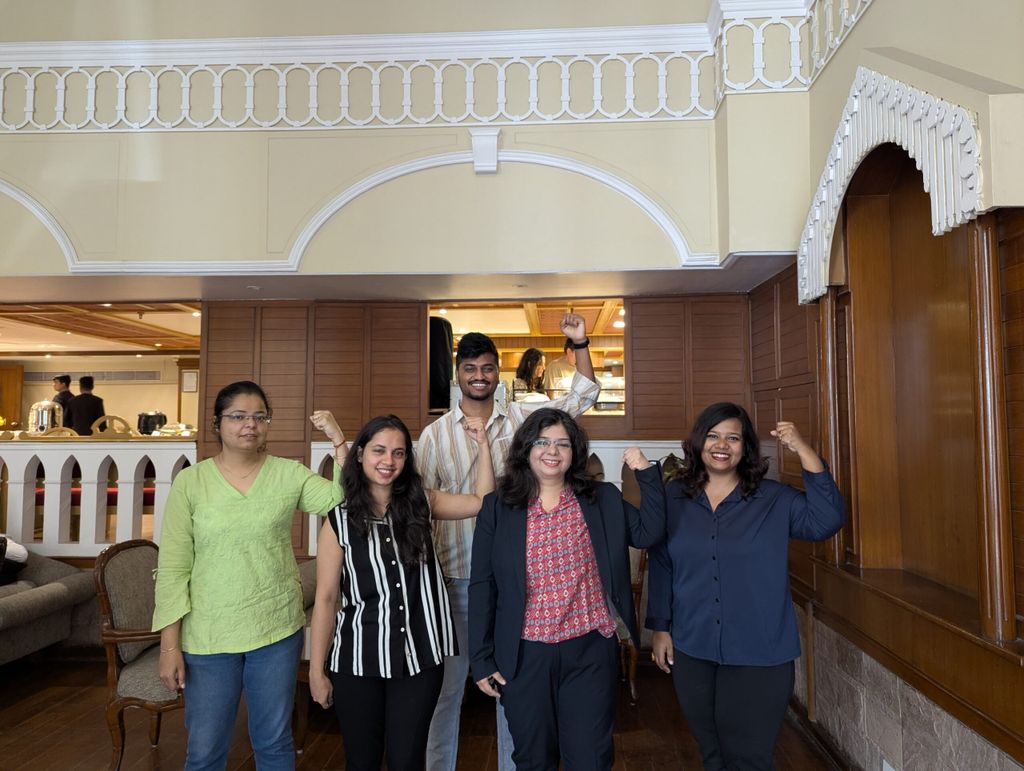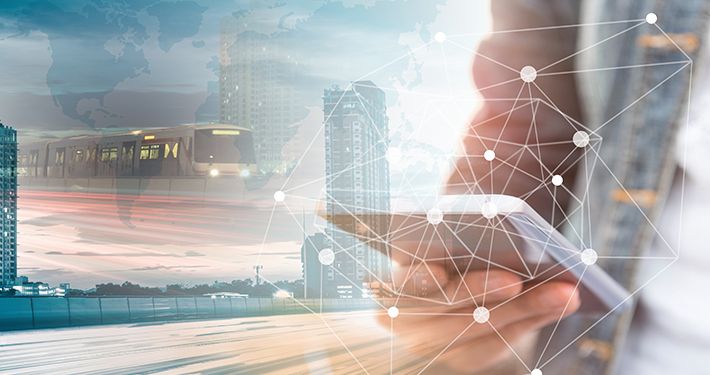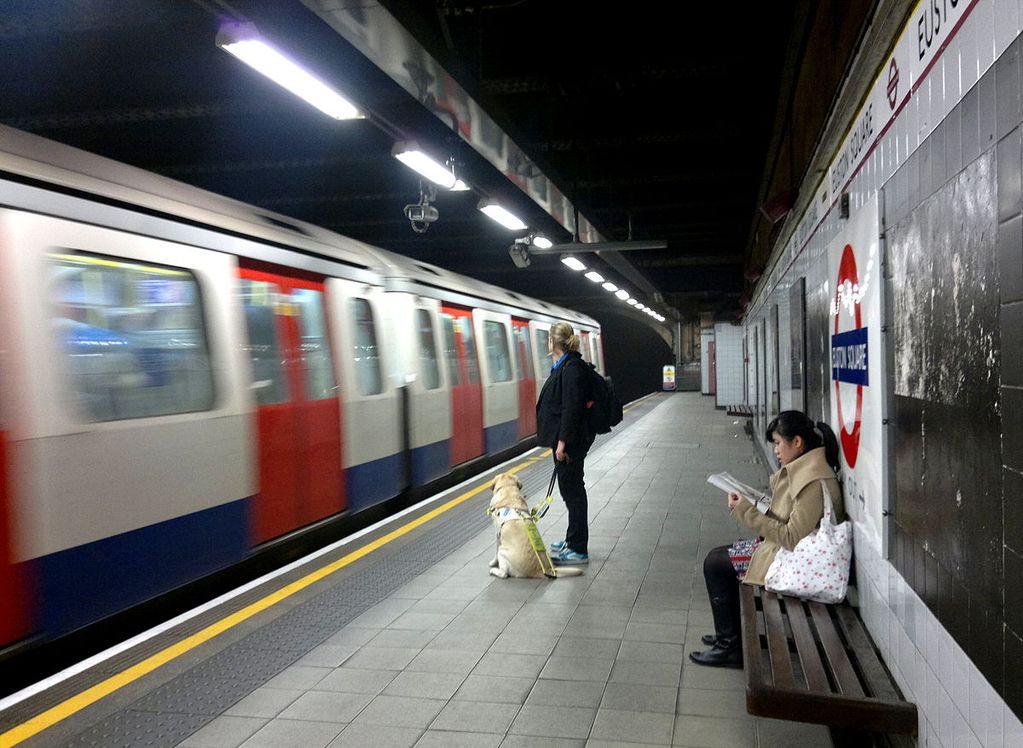
When is public transport really accessible?
A wide gap between platform and vehicle, small print on signage, stair-only access to platforms, hard to differentiate colours; the public transport sector still has a long way to go to improve its accessibility.
Accessibility is crucial for public transport, and public transport is crucial for sustainable cities. But before we talk about how to be more accessible, we need to define accessibility.
An accessible transport system is one that everybody can use, regardless of their age, size, ability or disability. But does this include accessible digital interfaces? Multilingual ticketing? Or is it only physical?
Today, 15% of the world population are persons with disabilities; an estimated one billion persons with disabilities will be living in towns and cities by 2050. Persons with disabilities include those who have long-term physical, mental, intellectual or sensory impairments.
But not only that! When it comes to mobility, we will all be facing challenges at one point in our lifetime; whether we have recently been blessed with a new-born baby, whether we are facing a long journey home from a trip with two very heavy suitcases, had an unfortunate accident and found ourselves with a leg cast, or are feeling the impacts of old age on our ability to move around.
A lack of accessible mobility systems denies opportunities for those with disabilities. You can’t get to school or university, you have limited access to employment, you have a hard time reaching health care services, and may even struggle simply buying food at the supermarket.
In general, you engage less in public life. In most developing countries, 9 out of 10 children with disabilities do not go to school and 80% of persons with disabilities of working age that are willing to work, remain unemployed*.


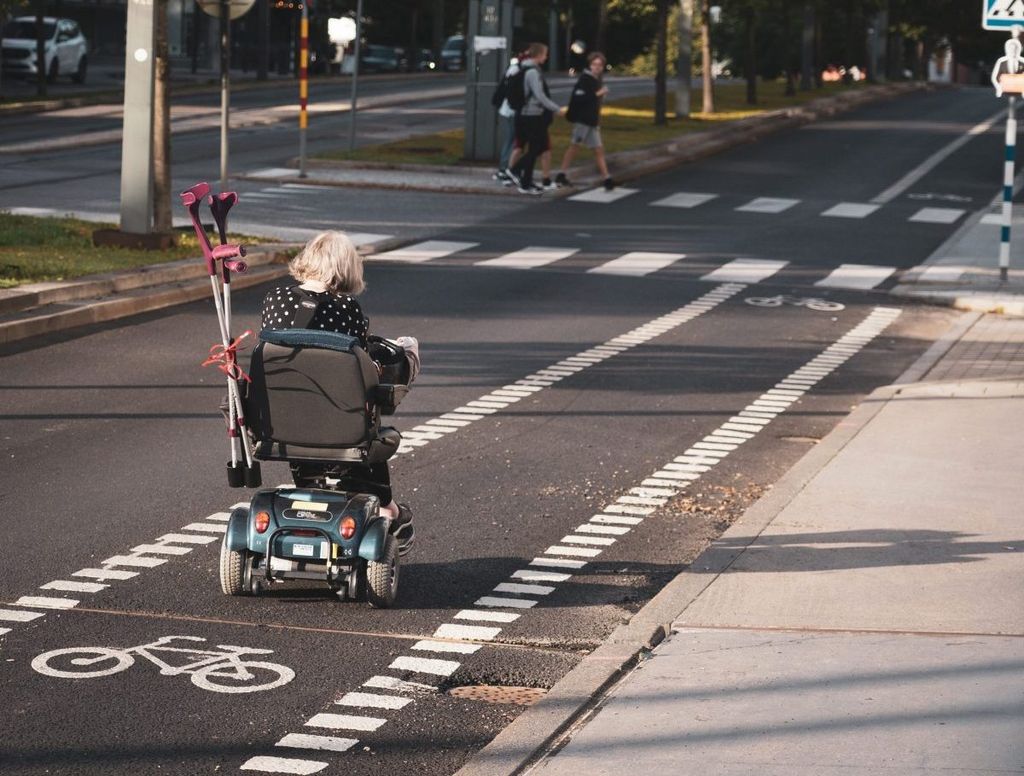
Accessibility is well referenced in the Sustainable Development Goals
The 2030 Agenda for Sustainable Development and its 17 Sustainable Development Goals (SDGs) provide a powerful framework for the period 2015–2030 to guide local communities, countries and the international community toward achieving disability-inclusive development. The 2030 Agenda pledges to leave no one behind, including persons with disabilities, and has recognised disability as a cross-cutting issue, relevant for each goal.
The Agenda also includes a specific goal that aims at making cities and communities inclusive and sustainable for persons with reduced mobility and with disabilities (SDG 11).
Public transport can help reach this goal if it is well adapted to citizens’ needs.
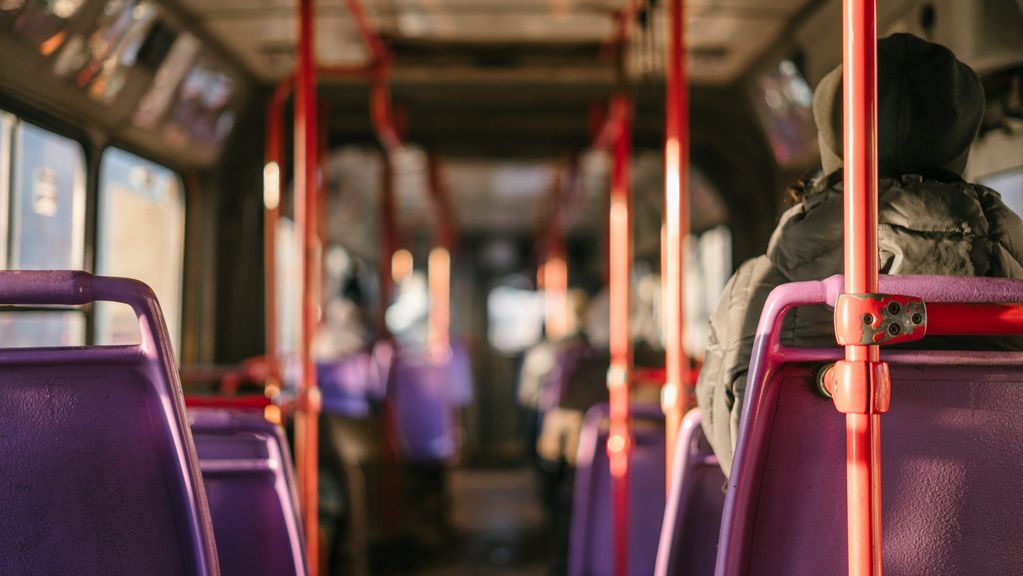
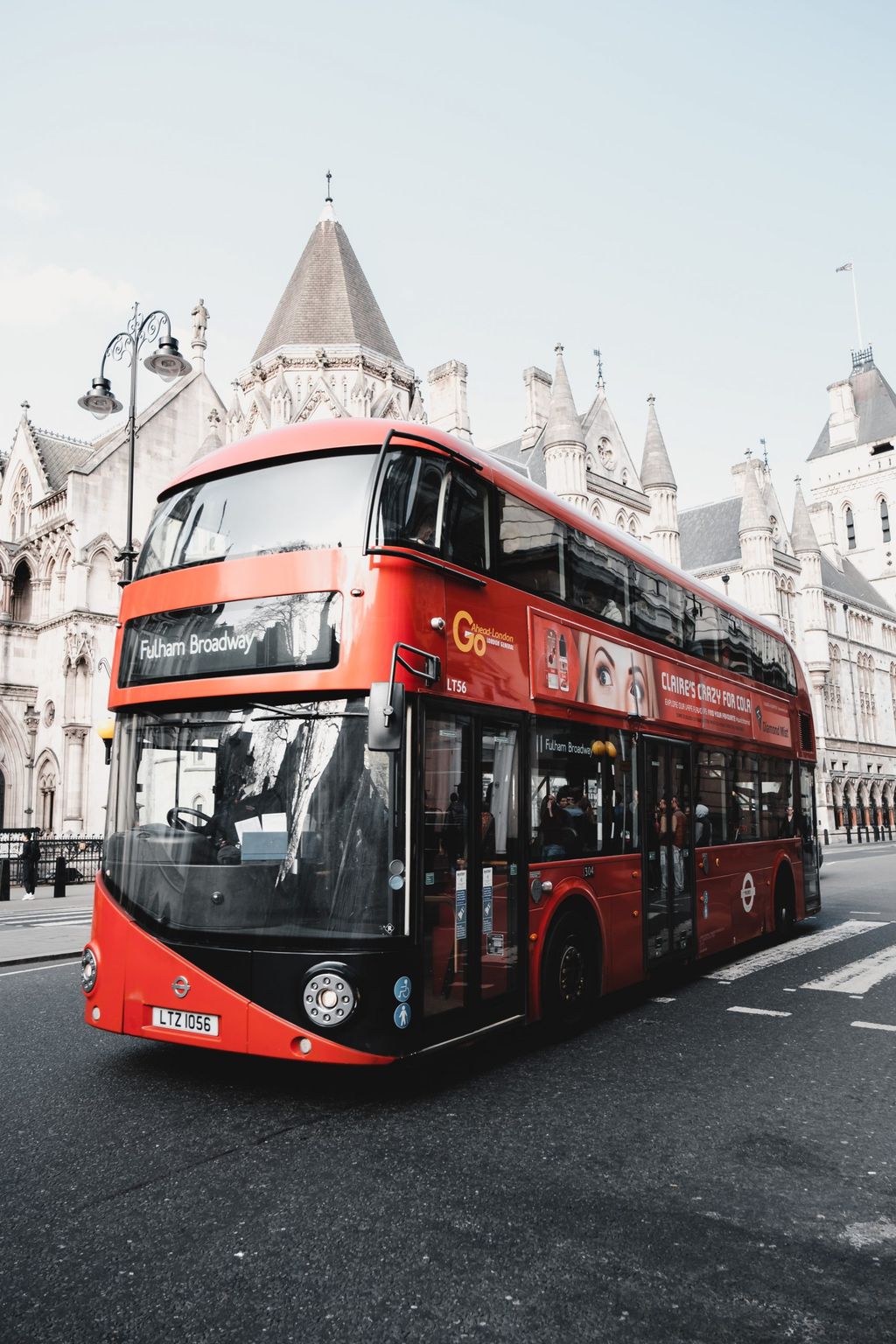
But…what do we really mean when we say “accessible public transport”?
Interpretations differ when it comes to “accessibility”. Put simply, accessibility means enabling people with even the most acute disabilities to be physically able to research, locate, pay for and utilise public transport services and networks with the same ease as those without disabilities.
This goes beyond physical infrastructure and includes topics like ticketing and wayfinding. Whether a user prefers planning their trip on a smartphone or through physical signage, both options should be accessible to all.
For example, this means that signage should be accessible for colour blind and those with difficulty reading, while your digital application should be compatible with screen readers. A message about delays on the other hand should be communicated visually and audibly, digitally and physically.
Accessibility means that people are not disabled. Rather, they are disabled by their environment. The goal of accessible mobility is about providing the conditions that enable people to feasibly go about their daily life, moving from A to B, C and D.
What do we mean when we say “accessibility”? When public transport’s physical and digital environments enable anyone to go about their daily activities. Conditions to engage and encourage people to use sustainable transport, from communicating information on a station’s services in several formats to indicating the price beforehand, and even comparing various mobility options for them to choose. It is about working with the user for the betterment of all. That is accessibility.
And how does “accessibility” differ to “inclusivity”?
Inclusivity is a broader spectrum which encompasses availability, accessibility, affordability, and acceptability. “The four A’s”, as cited below.
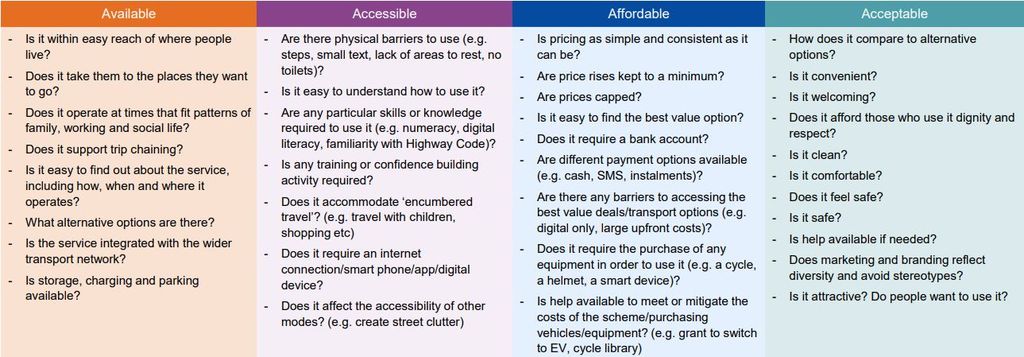
Source: Arup & Urban Transport Group, 2022
Accessibility is about making sure people are technically able to use public transport and complementary services, whereas inclusivity also looks at whether they feel confident enough to use it.
For instance, a bus can be accessible when there is space for a wheelchair, brail signage and the app audibly announces its arrival in real-time. But if a user does not feel comfortable taking the bus because they experience lack of support from the driver, do not feel safe around other users or because they must wait for a bus with low occupancy, then this lacks inclusivity.
Accessibility is about developing the infrastructure with the user so it meets their needs, while inclusivity is supplying the person with the best mobility solutions to suit their mobility needs at that given time.
How can a system or network be accessible?
The public transport sector is continuously striving to improve performance and offer a quality service to all passengers. Active support from local, regional and federal governments and access to the necessary resources, including sustainable funding, is a critical factor in the successful implementation of long-term infrastructure works and fleet renewals.
Improving access to transport and mobility should not be understood as an end goal itself. It contributes to a broader goal: the increased participation of persons with disabilities in their communities, and the building of more cohesive societies.
The underlying principle of ‘leaving no one behind’ cannot be ultimately fulfilled unless local governments, communities, and territories are fully engaged at all stages of both the development and implementation processes.
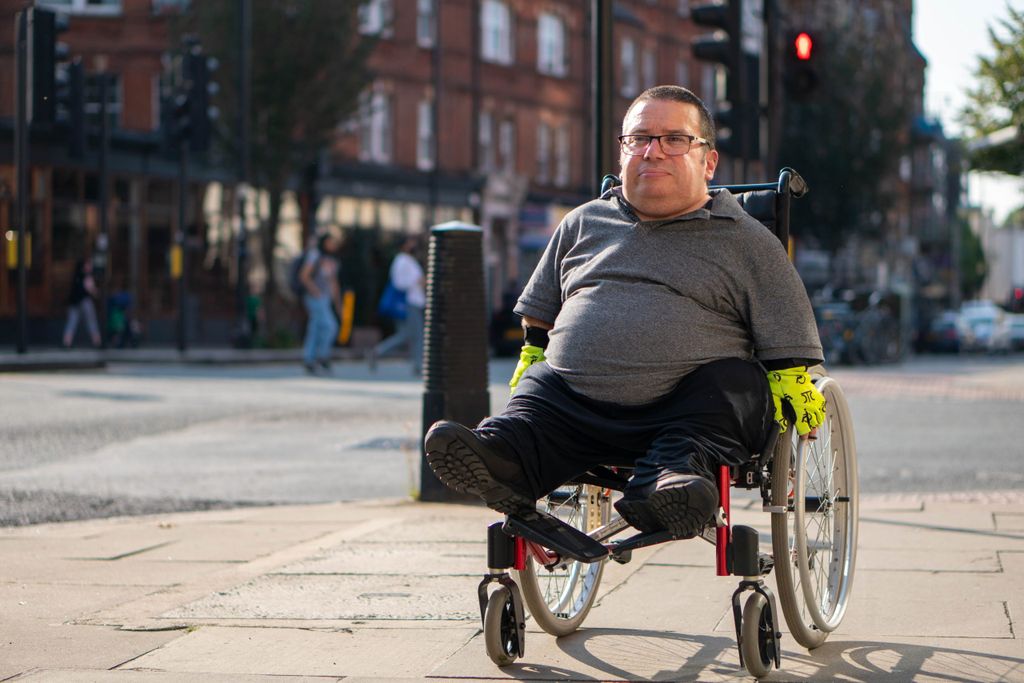
UITP has signed a declaration on accessible public transport
At UITP, we are committed to achieving accessible public transport which is why we signed the ‘Accessibility Declaration’ in July 2022. We will continue to advocate this framework with our members and the wider sector.
We’re pleased to see more organisations signing the declaration. You can sign it yourself via our accessibility webpage: www.uitp.org/topics/accessibility-in-public-transport/
Accessibility is a key topic and we want to hear what your organisation is doing and share your stories!
*International Labour Organisation (2007). The Employment Situation of People with Disabilities: towards improved statistical information.
Contact
UITP

exclusive resources
Membership benefits

